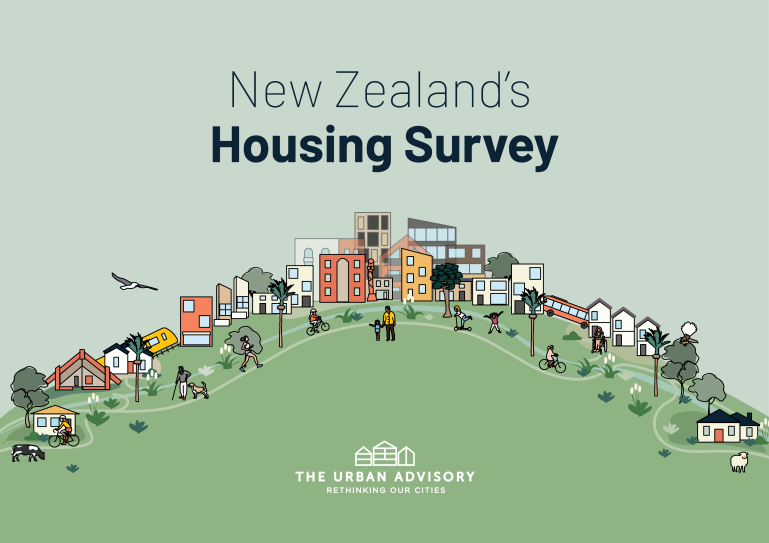Housing enablement has been a regular feature of this substack. Underpinning this has been the idea of enabling housing choice, whereby people can access housing to suit their needs. But how do we understand people’s needs?
The Urban Advisory has recently launched a new housing survey to help build a greater understanding of how people currently live, how they would prefer to live and the trade-offs they make in choosing housing.
Affordability (cost relative to income) is the primary consideration for people in choosing housing. However, people also make trade-offs on location and housing types based on other factors that include:
Transport costs and travel times
Access to services and amenities
Quality of Life and local amenities
Job Opportunities
Social Dynamics
Environmental Factors
Understanding the trade-offs that people make when choosing their housing has a significant potential benefit for local and central government, developers and other housing providers.
We could assume the market would build supply to meet people’s needs while considering what they can afford and enabling trades. However, the housing market is not perfect and is incredibly constrained by our planning system in its ability to meet demand. Council plans shape what can and cannot be built and where this can occur. These plans are built on a number of assumptions including how much housing is required and what housing typologies are demanded, while also typically restricting locations where smaller units or higher-density development can occur. No assumption is ever perfect and the restrictions created by assumptions make it harder for the market to meet demand.
In recent decades in New Zealand, we have primarily built stand-alone homes ranging from 3 to 5 bedrooms. Some argue this is what people prefer and this may be true for a majority of the population. However, it has also been the primary type of housing we have enabled to be built through our planning system. By restricting smaller homes, including 1- and 2-bedroom terraces and apartments, from being built, we have made it harder for people to purchase a first home or to downsize when children move out of the family home. Another example is that by restricting locations, particularly central areas, from intensification, we restrict people’s ability to make trade-offs in location based on transport costs and commute times. This has forced higher transport costs onto those who cannot afford to buy into restricted central markets.
By improving our understanding of how people make trade-offs and would prefer to live, we can better refine our systems to enable that choice. This new survey has the potential to contribute meaningfully to discussions on how we create a system that enables choice and trade-offs to be made, ultimately delivering housing that better meets people’s needs. I encourage you to check it out here.






Thanks for the share, Malcolm - We appreciate it!